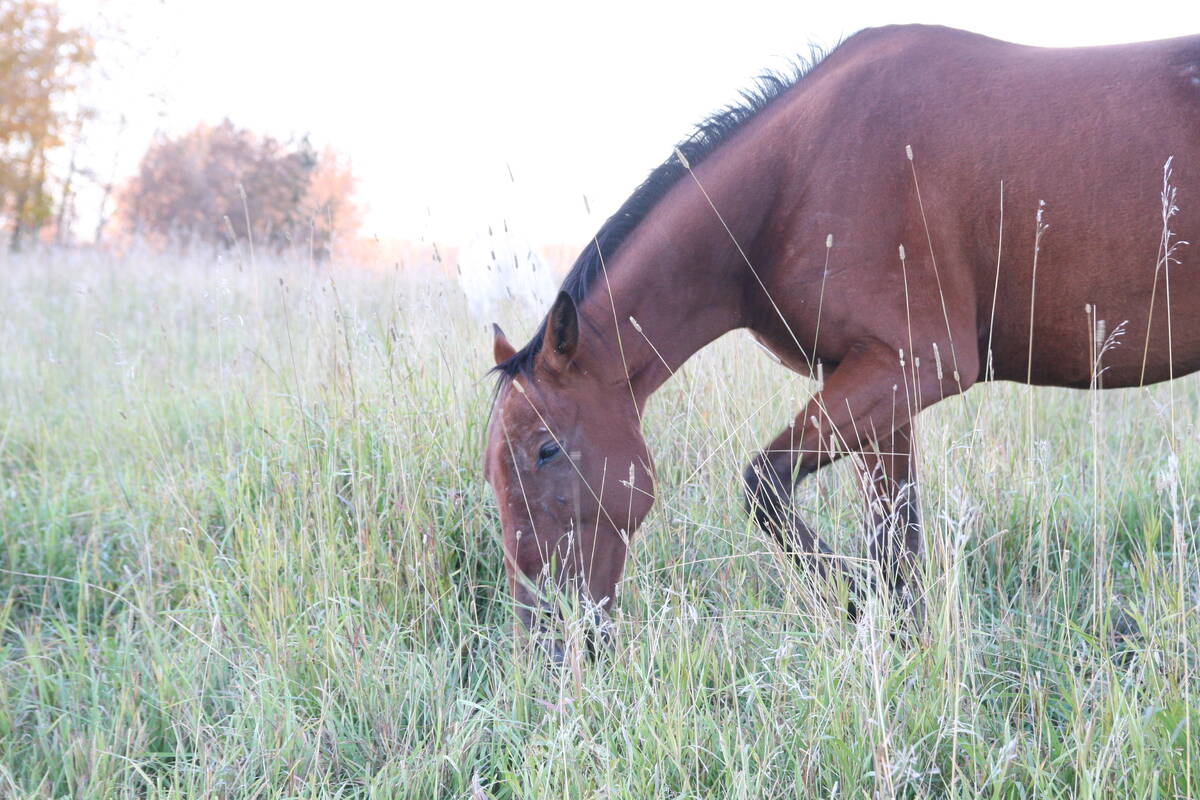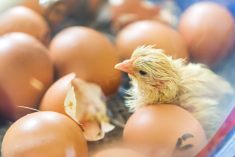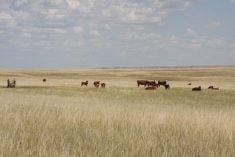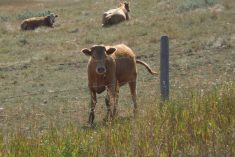The spring return of migratory birds could bring an unwanted and dangerous guest to poultry flocks here — highly pathogenic avian influenza, says Alberta’s chief provincial veterinarian.
“The big thing is to be aware that there is some risk this year,” said Keith Lehman, who issued a warning to backyard poultry owners earlier this month. “We need to continue to monitor what’s happening and where we are seeing detection in both poultry and wild birds that are being submitted.”
The fear is that if this strain hits small flocks here, that increases the risk it might somehow be spread to commercial operations and cause major losses. An outbreak in Iowa in 2015 saw 33 million chickens euthanized.
Read Also

Beware giving horses too much iron
Horses consuming too much iron through diet or well water risk health problems like laminitis. Mineral testing forage and water is good practice for owners.
“We’ve been watching it cause pretty significant issues in Europe for the last couple of years,” said Lehman. “We’ve seen it move into our east coast flyways, and we see this as a very important issue for poultry owners to be aware of.”
The disease has been detected as far west as Indiana, Iowa and Michigan. It’s also been found in North and South Carolina, Florida and Delaware. In Atlantic Canada, there have been two commercial flocks and two backyard flocks that have caught the disease, and been destroyed.
“That tells me that there is some increasing risk for us this far west, but it’s difficult to quantify,” said the chief vet. “With that said, I think it’s important for everyone to ensure that they are practising good biosecurity and identifying the risk factors that are applicable to their type of operation and trying to mitigate those as much as possible.”
The peak of spring migration — in April and May — will be the most risky time but what’s key is how an operation is set up.
One of the biggest risks is keeping birds housed outside, as there is a lot of potential for poultry to come in direct contact with wild birds on their migratory route. Features that might attract wild birds to your property are also a risk.
“If you’ve got standing water where waterfowl might stop temporarily, that might be another risk factor,” said Lehman. “If you happen to see that there’s a pretty significant number of birds that happen to be migrating through your area, just watch that. Some areas see more dense migration than others.”
In a March 1 bulletin, he said the risk also goes up if your small flock has a mix of species, especially waterfowl.
Producers can take several measures to lower the risk, including putting some sort of roof over top of their birds or putting them completely indoors.
Lehman recommends producers change their footwear when they go into their poultry area, and wash their hands before handling any feeding equipment or feed itself. To prevent human illness, producers should also wash their hands when they are done working with the birds.
Feed and waterers should not be accessible to wild birds, so that it doesn’t have the chance to get contaminated. And cleaning the coop regularly can help keep the birds healthy, he said.
Lehman said he is not sure which wild birds are more likely to spread highly pathogenic avian influenza but said that some species can carry it without showing signs of infection. In addition to direct contact with domestic fowl, wild birds can spread it via fecal droppings.
A high death rate is a sign the highly pathogenic strain is present but there are other symptoms.
“In some strains, we can also see birds that go off feed or reduce their egg production,” he said. “We can also see some of those signs of neurological disease — they might walk oddly or carry their head in an abnormal position, things like that. You might also see signs of poor respiratory function, which can include blue colouration within the wattles or in areas around the head. You might see some signs of blue colouring in the skin.”
Since symptoms can vary and can resemble those of other respiratory diseases, “it’s better to be cautious and report any birds that might be sick,” Lehman states in his March 1 bulletin.
Avian influenza is both a provincially and federally reportable disease. Concerned producers should contact their flock veterinarian immediately, but they can also contact the Canadian Food Inspection Agency or the province as well, he said.
“With the province, if you’re seeing signs of respiratory illness, we do have a diagnostic program to support small-flock producers with provincially reportable diseases, so they can potentially submit birds to us,” he said. “They can just call us (at 1-800-524-0051), and we would walk them through it, and see what the risks are. If it’s avian influenza, we would call the CFIA right away.”
When avian influenza is detected, the birds are destroyed and disposed of.
Lehman’s office and poultry organizations have been spreading the word about the threat posed by spring migration, sending notices to the Alberta Veterinary Medical Association, feed stores, hatcheries, and all producers who have poultry registered on their Premises ID. Lehman’s team is also reaching out to small-flock groups active on social media, so they can spread the word to their members.
The main message is: Don’t take chances.
“If you think anything suspicious is happening, lock things down,” said Lehman. “Don’t go and visit a friend or neighbours who have poultry until you know what is going on and can be advised on measures that can prevent you from spreading the disease from your property.”
















